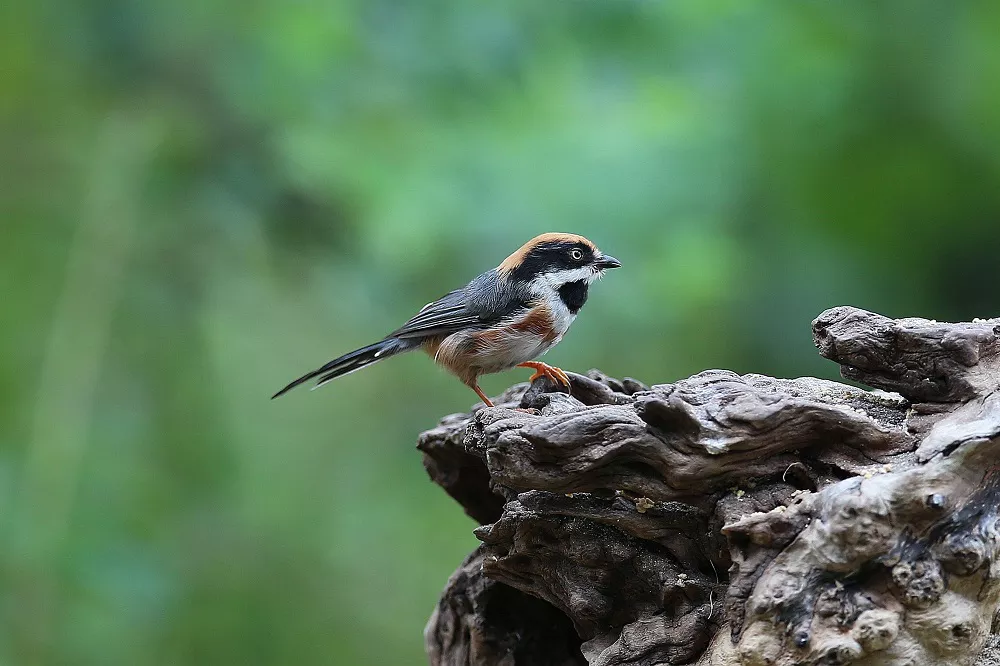The Black-throated bushtit, scientific name Aegithalos concinnus, is a small, social bird species native to Asia. It belongs to the family Aegithalidae, which also includes other bushtit species.
- Appearance:
The Black-throated bushtit is a tiny bird, measuring only about 11 centimeters long and weighing around 6 grams. The male and female have similar plumage, with a distinctive black patch on their throat and a white stripe above their eyes. The rest of their body is a grey-brown color, with a long tail that is usually held upright.
- Habitat and Distribution:
Black-throated bushtits are found in a variety of habitats across Asia, including forests, shrublands, and gardens. They are found from the Himalayas in the west to eastern China and Southeast Asia in the east.
- Behavior:
Black-throated bushtits are highly social birds that live in flocks of up to 30 individuals. They are active and restless, constantly flitting through the branches in search of insects and spiders, which form the bulk of their diet. They are also known to eat fruit and nectar.
- Breeding:
Breeding occurs in the spring and summer, and Black-throated bushtits build elaborate nests that are woven from moss, spiderwebs, and other materials. The nests are usually shaped like a hanging purse and have a small entrance hole near the top. The female lays around 6-8 eggs, which both parents take turns incubating.
- Conservation Status:
The Black-throated bushtit is not considered a globally threatened species and is listed as “Least Concern” by the International Union for Conservation of Nature (IUCN). However, they are affected by habitat loss due to deforestation and urbanization, and their populations have declined in some areas.
In conclusion, the Black-throated bushtit is a charming and social bird species found across Asia. Their distinctive plumage and behavior make them a popular species among birdwatchers, and their adaptability to a variety of habitats has helped them thrive despite human activities. However, continued conservation efforts are necessary to ensure that they remain a common sight in their natural habitats for years to come.


 Facebook
Facebook  Instagram
Instagram  Youtube
Youtube 